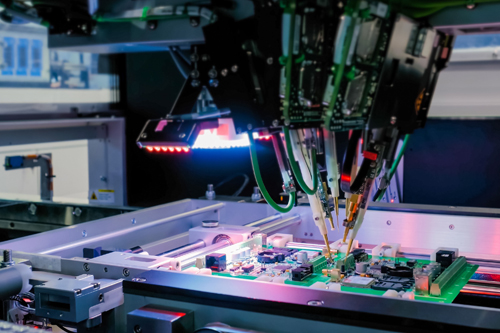
Have you considered ESD issues generated by your electronic assembly labels? It might be good to remember that separation of any two materials in contact is likely to generate an electrostatic charge. Removing labels from their release liner or even removing a label from a finger creates voltage differences, which charge a label, operator and / or the release liner.
Even with standard ESD straps and mats, this charge might take minutes to safely discharge if the label is a good insulator and the charge cannot flow through the label to quickly dissipate. If the label is applied before the charge has dissipated, the Printed Circuit
Board will now be charged. The next time something touches the PCB, and ESD event could cause unexpected damage.
A static field meter (AKA static charge meter, field meter, surface DC volt meter, etc) can measure the electrostatic field potential to audit any process or charge mitigation system. An ESD Event Detection meter can show if you're generating ESD events while applying labels.
IEC has guidelines and recommendations (EN 61340-5-2 section 6) on protection of electronic devices from electrostatics. It includes details on how to test using these devices and how to create an ESD safe environment. A less scientific quick test to see if a label is generating static energy, is to simply apply two long lengths of the same label to a surface, or each other, remove them quickly then hold them close. If they attract/repel you can get a rough idea of how much static was generated.
Some static dissipative/low-charging labels/liners mitigate the charge by simply making the label/liner slightly conductive. As the label is removed from the liner, the charge quickly flows out of the label/liner. Unfortunately, if the label is to be placed over bare conductors or across high voltage tracks, this type of conductive label might cause problems. With paper labels, the less humidity in the room, the longer the charge will stay in the tape. The more humidity, the quicker it will dissipate into the air.
Ionization systems can be positioned where the label is handled to quickly mitigate charge before it reaches the PCBA.
Overall, paper labels might be acceptable if proper precautions are taken, the process is verified during your ESD audits and the customer doesn't request anything further.